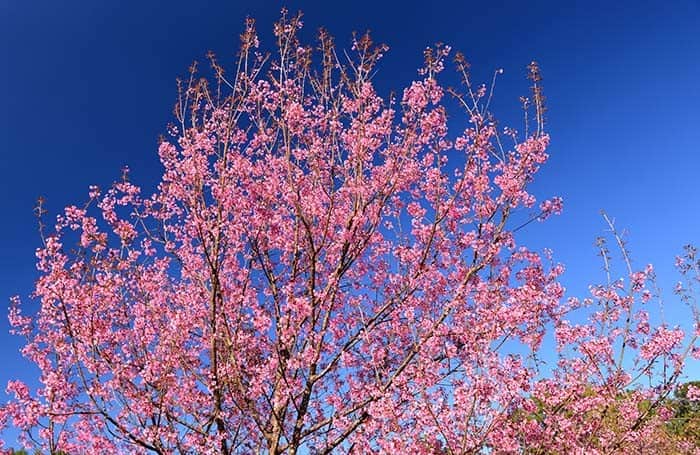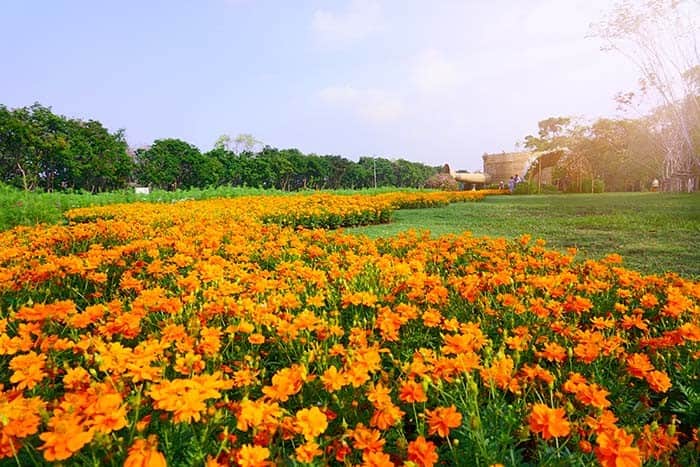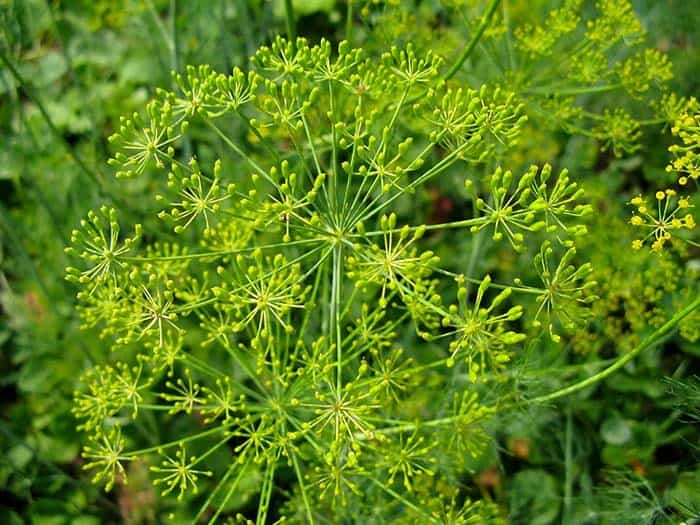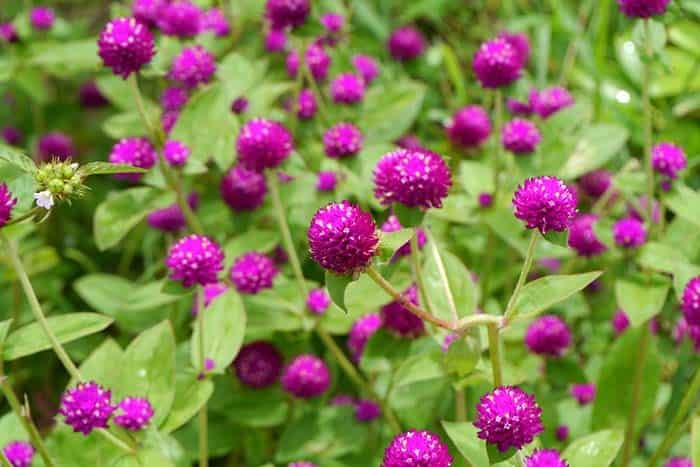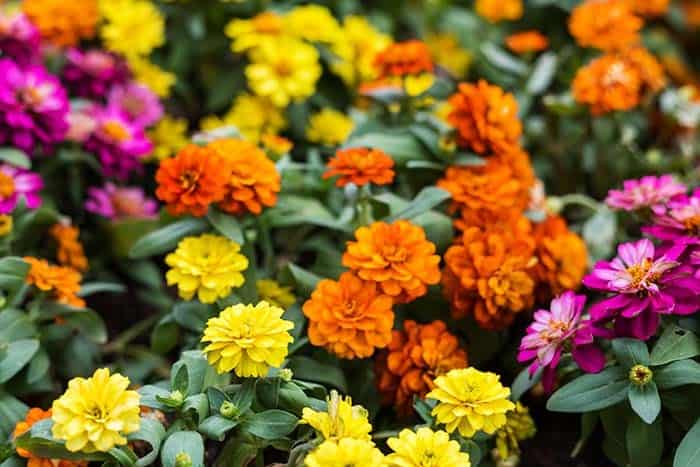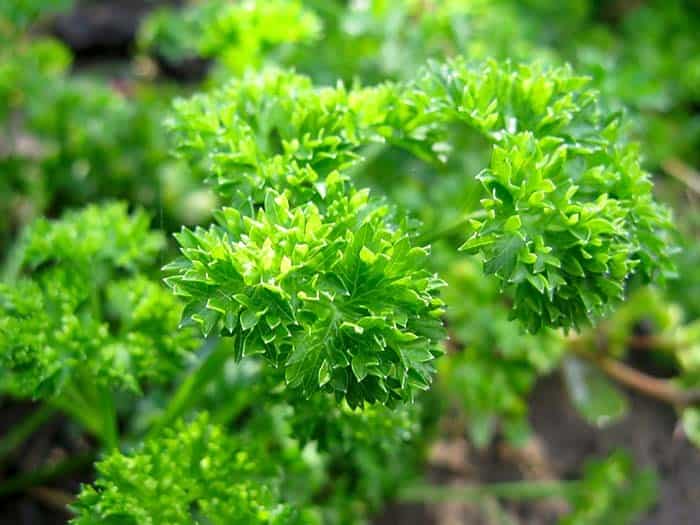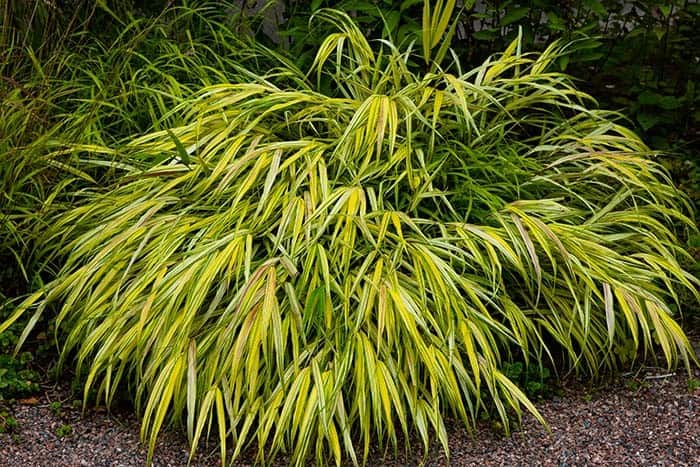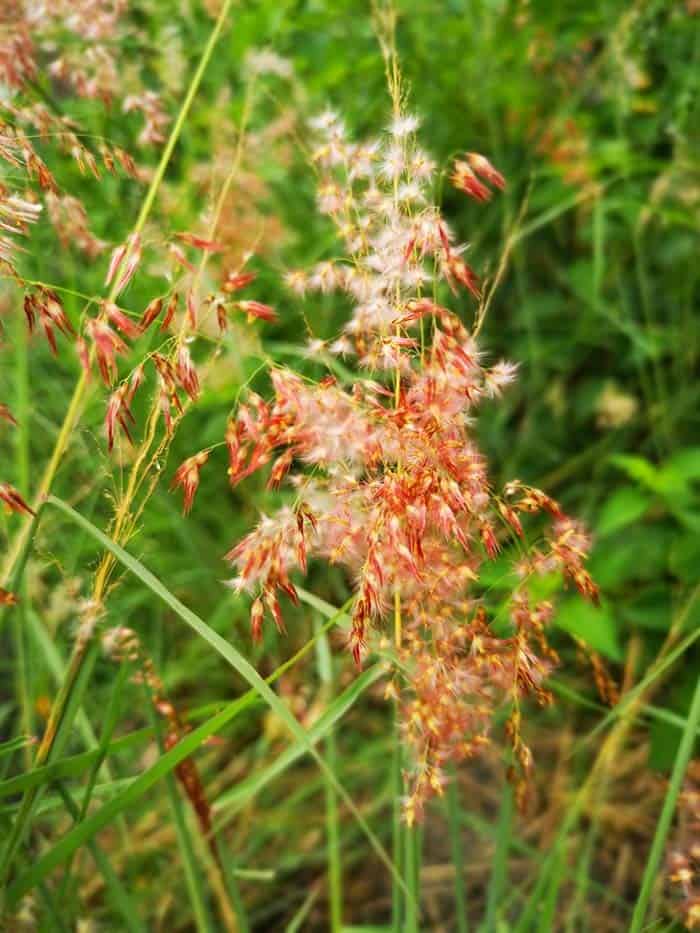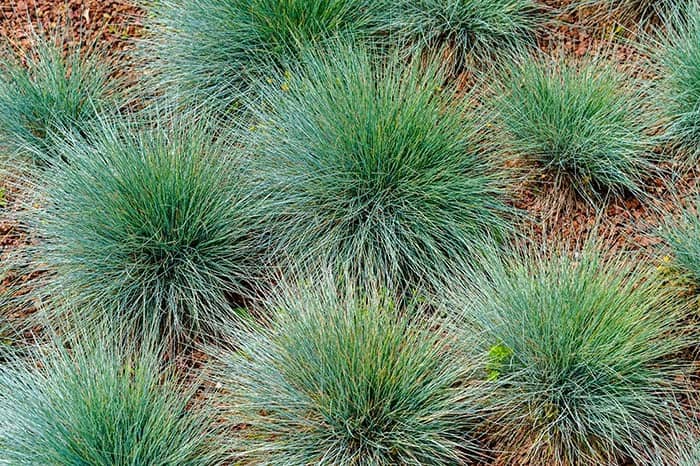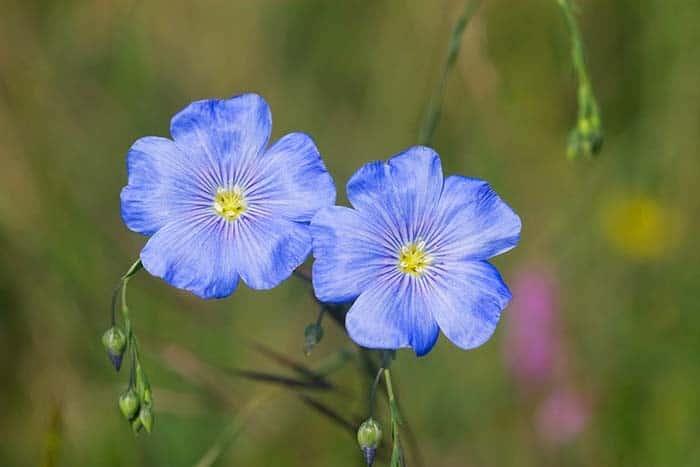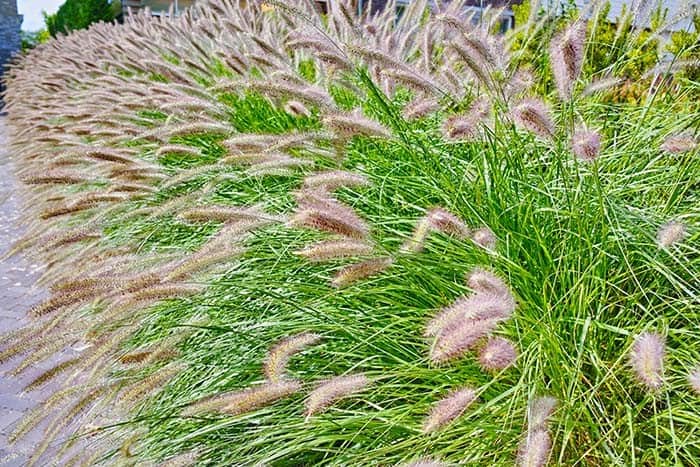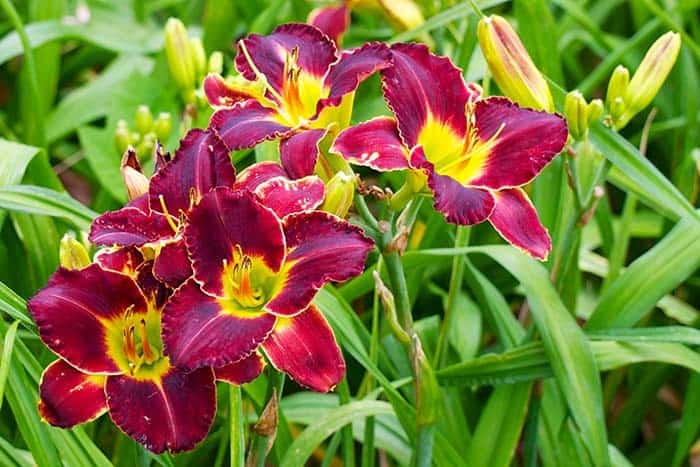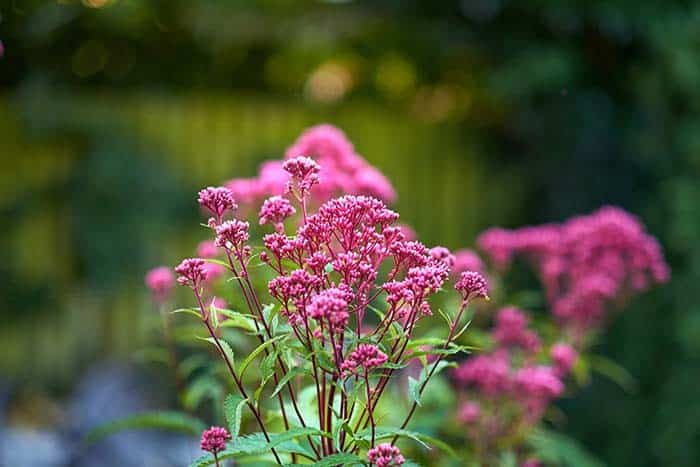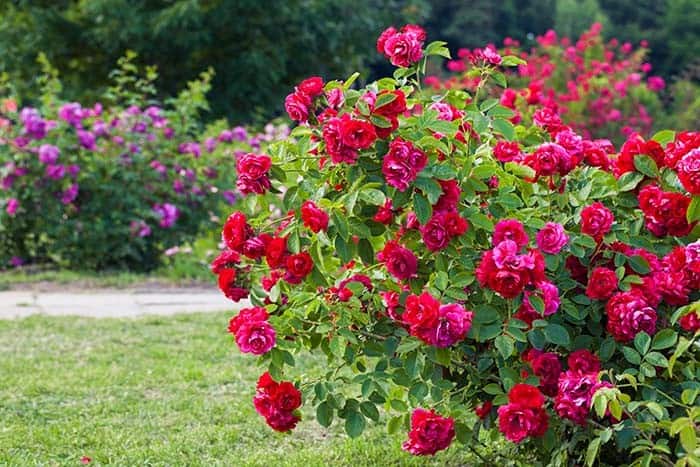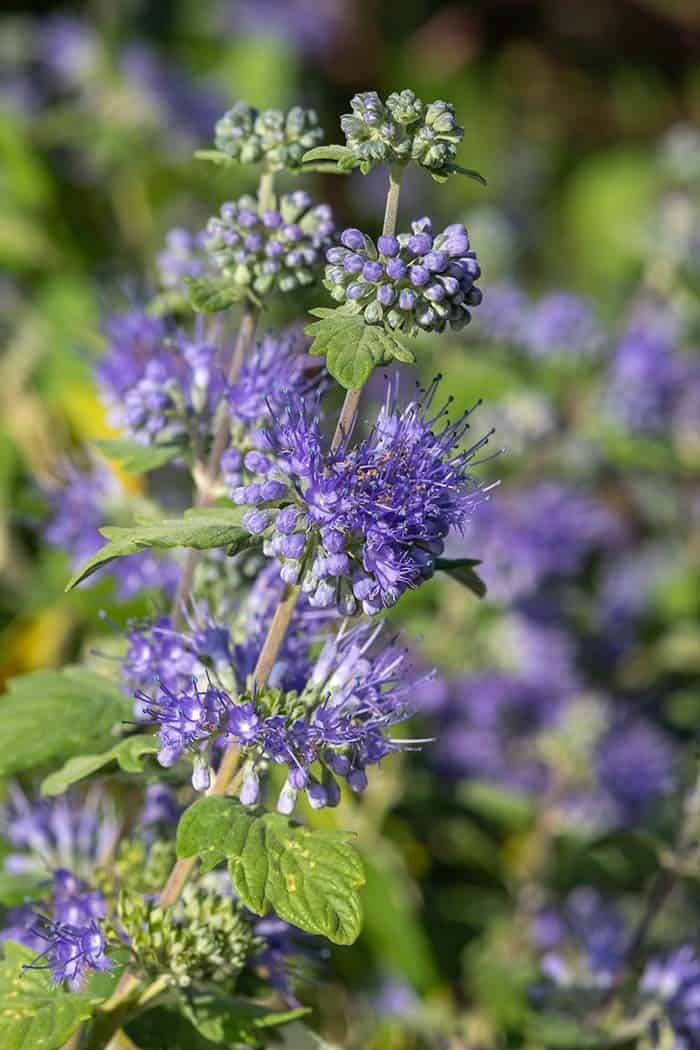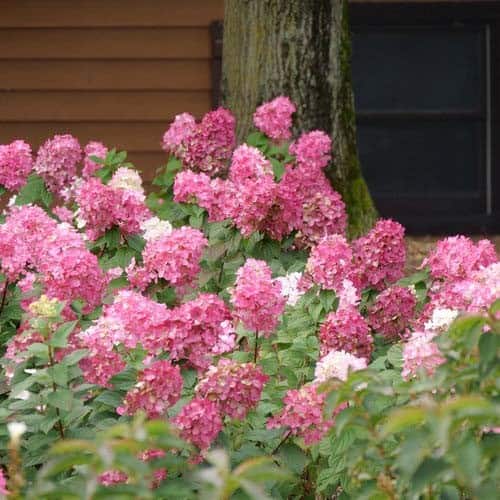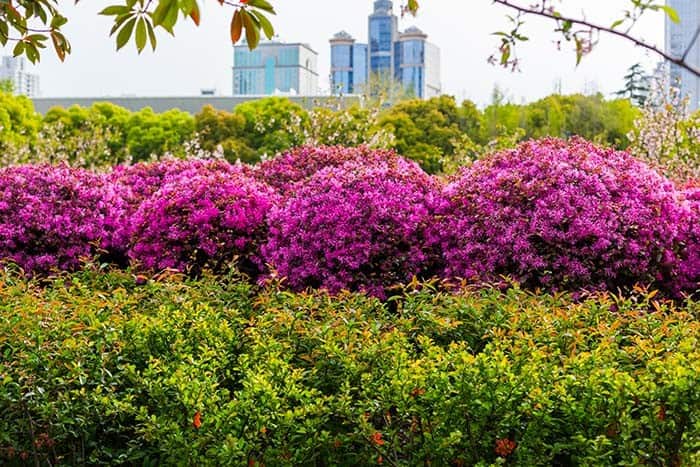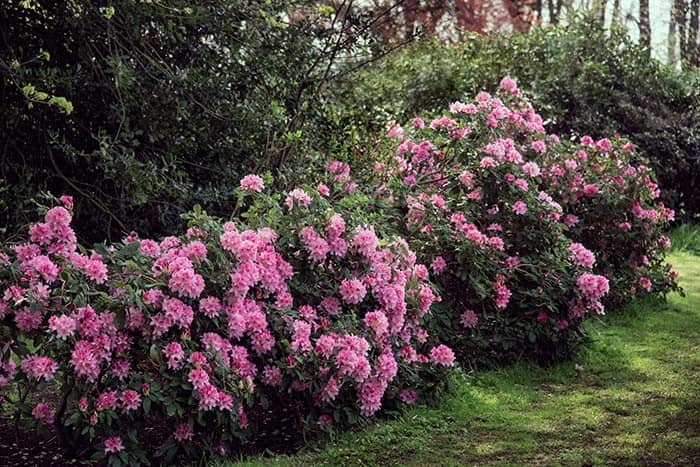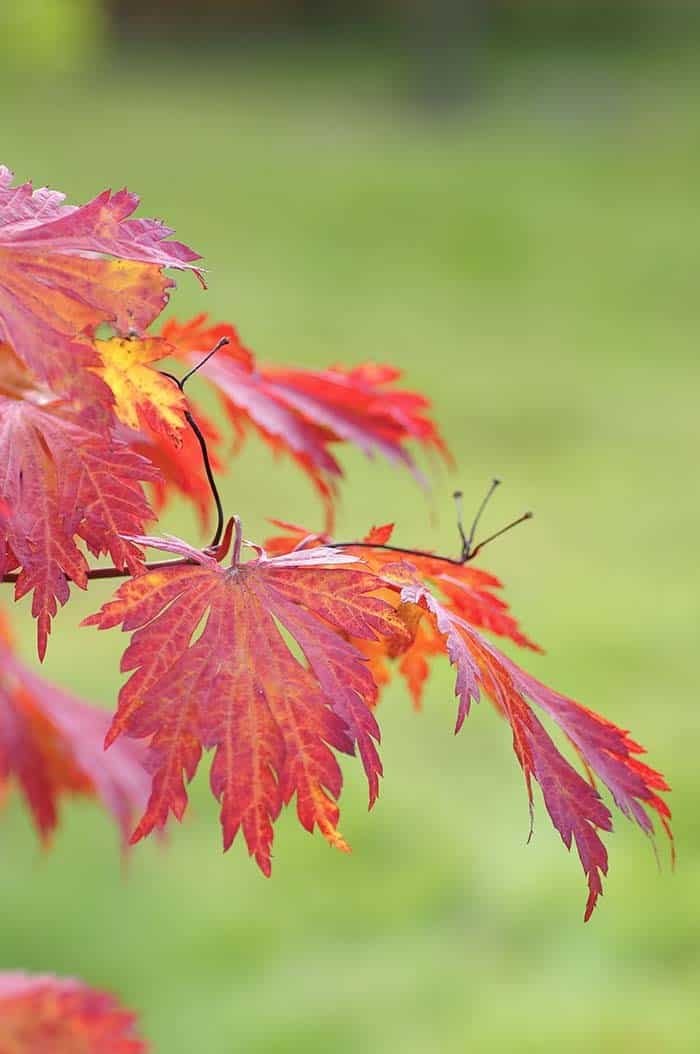When it comes to designing a layered landscape, starting with the basics is key. While there are many options for plants and flowers that can be used, one popular choice is the rose. These versatile blooms can be incorporated into any layer of your garden, from the topmost section to the ground cover, and even used as a centerpiece or border. Other contenders include hostas, daylilies, irises, and daffodils, each bringing their unique characteristics to the table.
For instance, hostas offer a pop of color and texture, daylilies can serve as focal points, and irises add a splash of color. To create a layered landscape that flows visually, it’s essential to start with a solid design. The process begins by identifying the tallest plants and working your way down to the ground cover. This approach ensures a harmonious blend of colors and heights throughout the garden.
To get started, ensure that your garden bed is at least 5 feet away from your house’s foundation. Then, experiment with mixing and interweaving different plant types to create a visually appealing display. Keep in mind that as the growing season progresses, colors will change and blooms will fade. To keep your layered landscape looking its best, consider introducing new plants to maintain visual interest and color.
And if you find that your original design isn’t quite panning out, don’t worry – simply add some potted plants to fill in any gaps and add a splash of color or texture.
Types of Plants and Flowers To Use In Each Landscape Layer
Bulbs, Herbs, Annuals
As you step into your garden in the spring, the first signs of life will emerge in the form of early blooming flowers and foliage. To add a pop of color to your layers, incorporate some of these species in a staggered pattern. Among the earliest bloomers are Bright Lights Cosmos (Cosmos Sulphureus), which burst forth with vibrant orange and gold hues within 7-14 days. Reaching heights of 3-4 feet, they provide an instant splash of color in your garden.
Another early riser is Dill (Anethum Graveolens), a statuesque herb that grows to 2-3 feet tall. While it can be invasive, its feathery texture adds a lovely layering element to low-growing areas. Plant it in the spring for best results, as it doesn’t thrive in intense heat. For a more dramatic display, try Gomphrena ‘Fireworks’, which can grow up to 4 feet tall.
With a slightly longer growth period, start these seeds indoors around February and be rewarded with drought-tolerant blooms that will keep going all season long. Remember, when it comes to bulbs, they love basking in the sun, with well-draining soil, and surrounded by friends – yes, even other bulbs! You can crowd them together, making them ideal layering companions. Try ‘Bulb Lasagna’ for a continuous display of blooms.
Layer your bulbs at varying depths to create a staggered effect, where one type comes up after another. Research the specific blooming times for your area, but trust us, the results are well worth the effort.
Vines, Groundcovers
When designing your garden path, consider incorporating herbs and groundcovers to create a lush and inviting atmosphere. Herbs like lettuce can be used as groundcover, although it may require some effort to deter rabbits from snacking on them. For a more vibrant display, creeping zinnia flowers can add a golden touch with their bright blooms. Curly parsley is another option that can bring greenery and freshness to your garden, perfect for adding a pop of color to pasta dishes.
Mint is a fast-growing choice that can help keep rodents at bay, but be mindful of its potential to become invasive. If you’re looking for more ideas, there are many excellent groundcover options for shade, including black mondo grass, which boasts a unique dark color and compact growth habit. Japanese forest grass or hakone grass is another option that can add texture and interest to your garden, growing well in zones 4 to 11.
For an added burst of color, consider using coleus bulbs, which come in a variety of hues and can quickly fill out to create a vibrant display.
Small Flowers, Plants, Grasses
When it comes to creating your layered garden, don’t neglect the mid-layer! This is where you can add some personality with small plants, flowers, and ornamental grasses. Small blooms can bring in pops of color, while grasses can add texture and interest. In fact, a grass-only layer can be just as stunning as one featuring flowers. Ruby Grass ‘Pink Crystal’ is a great example – it starts out pink but transforms into a beautiful white as it matures.
For a more subtle look, try Blue Fescue (Festuca Glauca), which thrives in zones 4-11 and comes in a range of blue varieties that are sure to find a place in your layered garden design. If you’re looking for a perennial that will keep its blooms going strong throughout the season, Johnson’s Blue Geraniums mature at around 12 inches tall and are a favorite among gardeners.
And if you need something to fill in gaps or serve as a low-growing groundcover, don’t overlook the humble Hosta – it’s a reliable choice that can add a burst of lime-green color to your design.
Tall Flowers, Ornamental Grasses
When it comes to adding texture, height, and vibrancy to your garden, tall flowers and grasses are an excellent way to do so. They allow you to convey the character and style you want your landscape to exude. Some fantastic options include ‘Red Bunny Tails’ Pennisetum, which is a drought-tolerant choice for zones 7-10. For a more compact option that still packs a punch, consider Calamagrostis Acutiflora ‘Karl Foerster’, which grows up to 4 feet tall and thrives in zones 4-9.
Daylilies are a reliable favorite, as they produce an abundance of blooms quickly and efficiently. Torch Lilies take it to the next level with their show-stopping orange and red flowers reaching nearly 6 feet tall. Perennials like Joe Pye Weed offer stunning displays of purple and pink flowers, growing up to 7 feet tall and providing a dramatic focal point in your garden. For a more compact option that still attracts pollinators, Bush Clover is a great choice, growing to nearly 5 feet tall.
And for a quick and easy addition to your landscape, consider adding some Salvia plants, which grow to about three feet tall and provide a pop of color where you need it most.
Deciduous Shrubs
Adding a pop of color and texture, the Knockout Rose Bush can thrive in various spots throughout your layered garden. Its continuous blooming period of around 9 months ensures a vibrant display from spring to fall. Meanwhile, the Beyond Midnight Bluebeard impresses with its deer- and drought-resistance, as well as stunning deep blue blooms that won’t leave you wanting more.
As for hydrangeas, these versatile plants are a popular choice among landscape designers seeking year-round color, particularly varieties like Candy Apple and QuickFire, which keep blooming until the first frost.
Evergreen Shrubs
While often referred to as ‘border bushes,’ evergreen shrubs can significantly enhance your layered garden by adding weight, depth, and texture. They offer a unique combination of benefits that can’t be replicated with other plants. For instance, Dwarf Loropetalum ‘Purple Daydream’ boasts stunning reddish-purple flowers in the spring, making it an excellent choice for gardens where deer are a concern.
Rhododendron bushes, on the other hand, are renowned for their fragrant and vibrant blooms that signal the arrival of spring. Meanwhile, Boxwood ‘Northern Charm’ is a timeless favorite whose adaptable nature makes it a versatile addition to any garden. Its foliage will subtly shift in hue throughout the year, adding another layer of visual interest.
Shade, Evergreen, Ornamental Trees
Experience the serenity of blocking out unwanted views with the perfect ornamental tree. Japanese Maple ‘Bloodgood’ is a slow-growing beauty that adds year-round interest to any landscape. Its compact growth makes it an ideal choice for front yards, providing a stunning focal point without overwhelming the surrounding space. For a more dramatic statement piece, consider the Weeping Higan Flowering Cherry. This gorgeous tree blooms with pink blossoms and reaches a majestic height of 20 feet.
Imagine the breathtaking sight of its delicate flowers cascading down its branches as it towers above your garden or yard. In addition to their aesthetic appeal, flowering trees like Crabapple and Serviceberry also provide benefits for local wildlife. Crabapples produce bright blooms that attract pollinators, while Serviceberries yield delicious purple berries that will be fought over by birds and other feathered friends.
Fall brings a stunning display of orange leaves, adding another layer of visual interest to these already charming trees.
